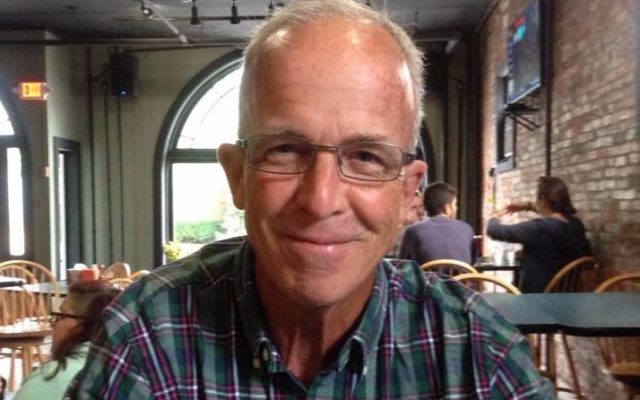
My 12 favorite drummers are Hal Blaine
Most of us know the sound of the 1960s. But very few of us can say we are a sound of the ‘60s. Drummer Hal Blaine, who died a few days ago at age 90, was one of those few. I worked with Hal (1980-83) when I was managing editor of Modern Drummer magazine.
In its obituary of Mr. Blaine, the New York Times describes him as “part of a loosely affiliated group of session musicians who in the early 1960s began dominating rock ’n’ roll recording in Los Angeles. Mr. Blaine played on thousands of recordings through the mid-1970s.”
Drummer Bruce Gary of The Knack said, “One of my biggest disappointments was finding out my twelve favorite drummers were Hal Blaine.”
What did Bruce Gary mean?
I met Hal when the almost unknown business of studio musicians was of growing interest to musicians as a lucrative career. How little was known about studio musicians became clear to me while researching for a five-part Modern Drummer series: “The History of Rock Drumming.” As far as I know, no one before me tackled that history.
The research was fascinating and slow going.
During one early phone-call with Hal, he spoke of the news reporters who “discovered” The Monkees did not play the musical instruments on their records. Hal felt that criticism was unwarranted. Back then, he said, nobody played on their records.
The Beach Boys, The Monkees, The Byrds — singers generally sang on their records, but the instrumental accompaniment was performed by studio musicians. For the music producers it was pragmatic, good business sense.
Music producers wanted quality and consistency in the studio. Young rock band members often lacked those qualities. In recording studios, with microphones picking up every sound — musical mistakes are costly.
Music producers loved studio musicians like Hal Blaine because they had enough creativity to turn lackluster songs into gold records.
Carol Kaye was in the studio with Sonny & Cher recording “The Beat Goes On.” She described the original song as awful, a one chord song studio players struggled with. Then Carol created the signature bass line that helped make “The Beat Goes On” a hit.
From my Modern Drummer managing editor perspective, Hal Blaine was always willing to share his knowledge, to make an introduction, to mentor young drummers.
Hal offered to write an Modern Drummer monthly advice column. We were ecstatic. MD readers could send questions to MD for Hal. We’d screen the letters and send them to Hal, who then sent MD his replies — which we edited and published.
This was all before computers. I’m fuzzy on the details, but I know Hal sometimes gave us his answers on cassettes, and sometimes typed using all uppercase letters.
Both of Hal’s response methods added a good amount of tedious labor to my editor’s workload. Preparing Hal’s answers for the magazine involved either rewriting his uppercase typed pages, or transcribing his cassettes.
Hal Blaine was not a man who naturally gave short answers to reader questions. He was a talker. I remember moments hunched over my typewriter, transcribing Hal’s words, wishing he was more direct, with fewer variations on one answer.
But, revisiting Hal Blaine’s cassettes and uppercase typings today — I am happy I saved them. Among Hal’s many uppercase words there are diamonds.
The day Hal died a Facebook friend, Jack Propps, sent me a message: “We’d be interested in your thoughts of Hal Blaine.” I didn’t know of Hal’s death when Jack asked his seemingly out-of-the-blue question. I answered with, “Exemplary drummer, super nice guy, always helpful, and a great friend to Modern Drummer.”
Hal Blaine had great advice for young drummers. My favorite? Hal said, if you make a mistake while playing, don’t stop playing. Play the same mistake again, only LOUDER. Listeners will think you meant to play it that way.
RIP, Hal.
Scott K. Fish has served as a communications staffer for Maine Senate and House Republican caucuses, and was communications director for Senate President Kevin Raye. He founded and edited AsMaineGoes.com and served as director of communications/public relations for Maine’s Department of Corrections until 2015. He is now using his communications skills to serve clients in the private sector.